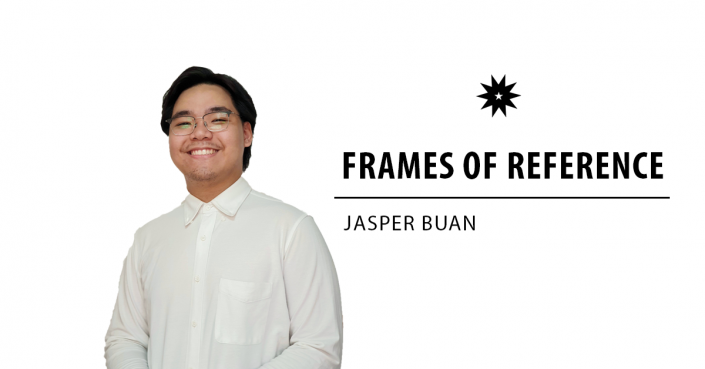
Having been born 12 years after the end of the Cold War, the threat of nuclear annihilation had always seemed distant to me. Insofar as I was concerned, nuclear war belonged in the realm of fiction—of blockbuster films, AAA video games, and bestselling thriller novels. Even the thought of a nuclear exchange was absurd. What goal, what holy mission could a nuclear power possibly have to wager the lives of billions against?
And yet here we are, living through absurd times as helpless observers to Russia’s invasion of Ukraine. Three days after the invasion began, Russian President Vladimir Putin placed his country’s nuclear deterrence forces on high alert, signaling a dangerous precedent: that he would do whatever it would take to subjugate Ukraine and its people.
Knowing this, it is important to note the Russo-Ukrainian war is one that, through malice and incompetence alike, could escalate into the largest armed conflict we’ve seen in close to a century. Since both NATO and Russia have large, modern nuclear arsenals, the devastation that would ensue if these arms were used would be unspeakable. Tens of millions of lives would be gone in an instant. Billions more would die a slow death in the resulting nuclear winter from radiation sickness, starvation, or both.
Even if the deployment of nuclear weapons was constrained to low-yield, tactical warheads, the effects would still be ecologically devastating. Despite the greatly lessened loss of life in the short term, nuclear fallout would circulate around the world via the stratosphere, contaminating our water, food, and air. Critically, tactical nuclear weapons have never been used in war, and their deployment would only heighten the risk of an all-out exchange—and all associated ruination that that would bring.
As long as humanity has nuclear weapons, this is our inevitable future. Within the past few decades alone, there have been over a dozen recorded instances of close nuclear calls: events that could have precipitated the unintended launch and detonation of a nuclear weapon. And these are just the ones that we know of. Even under the assumption that modern technology has lowered the odds of these close nuclear calls occurring, they remain possible. And in the event that a close call crosses over into the realm of a detonation, who’s to say what horrors would ensue?
Existential threats withstanding, it remains disappointingly unlikely that any of the world’s current nuclear powers would give up their stockpiles in the near or far future. This is because, paradoxically, nuclear weapons are most valuable when they are unused—as a deterrent, however unreasonable the present and future costs may be. And a deterrent these weapons will be, until the day they are not.
To me, it seems wholly irrational for all of humanity to sit on a cliff’s edge in subservience to the current nuclear powers. While nuclear non-proliferation is a noble cause, it simply maintains the status quo: one that is untenable, no matter how you put it. For the world to be fully freed from the threat of nuclear annihilation, all nuclear powers must likewise be freed of their nuclear arms. Let the searing, white-hot light we seek be that of progress and innovation—not the otherworldly energy of the atom.
In the ever-wise words of Carl Sagan, “Think of the rivers of blood spilled by all those generals and emperors so that, in glory and triumph, they could become the momentary masters of a fraction of a dot.”
